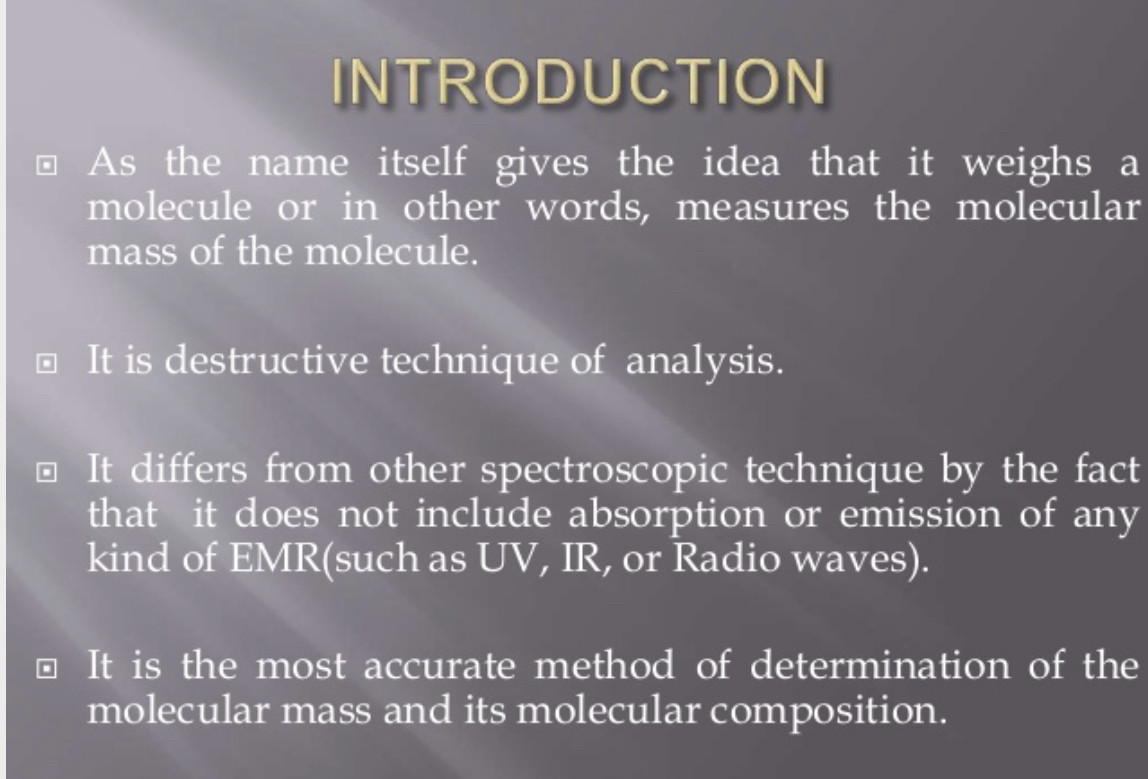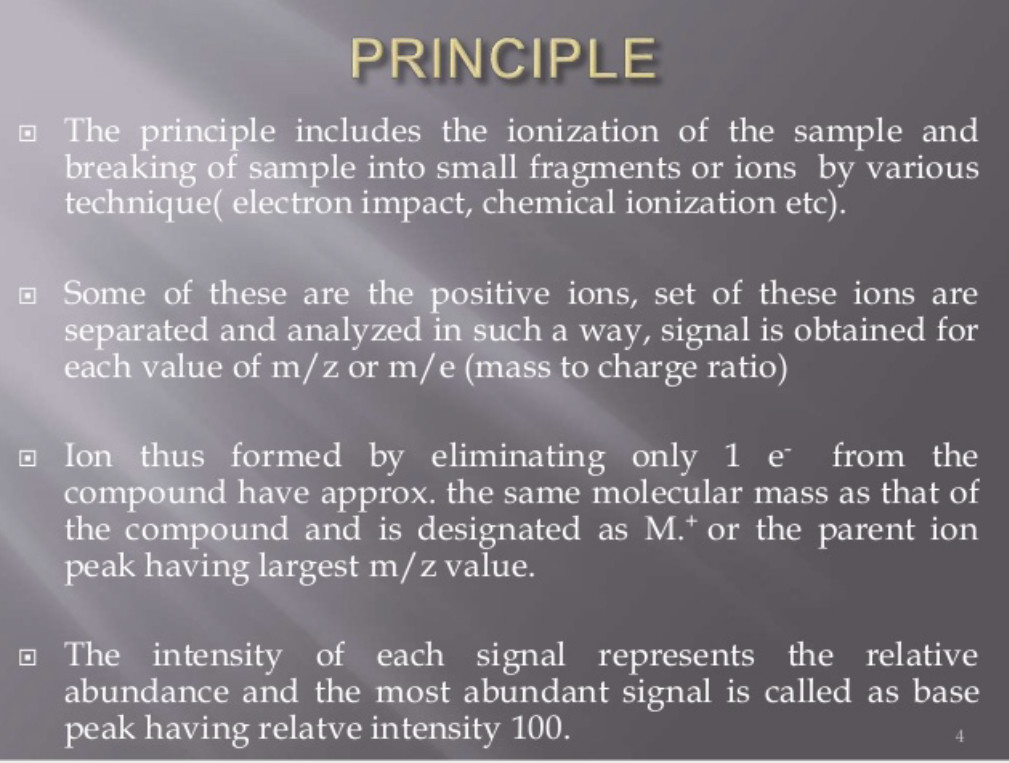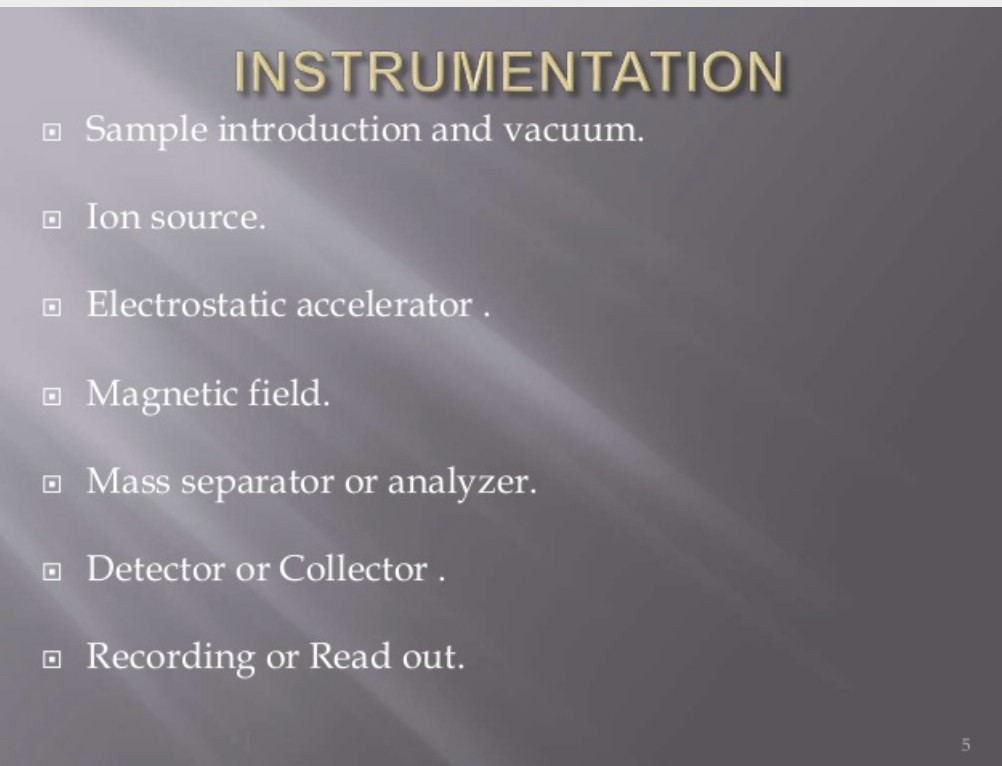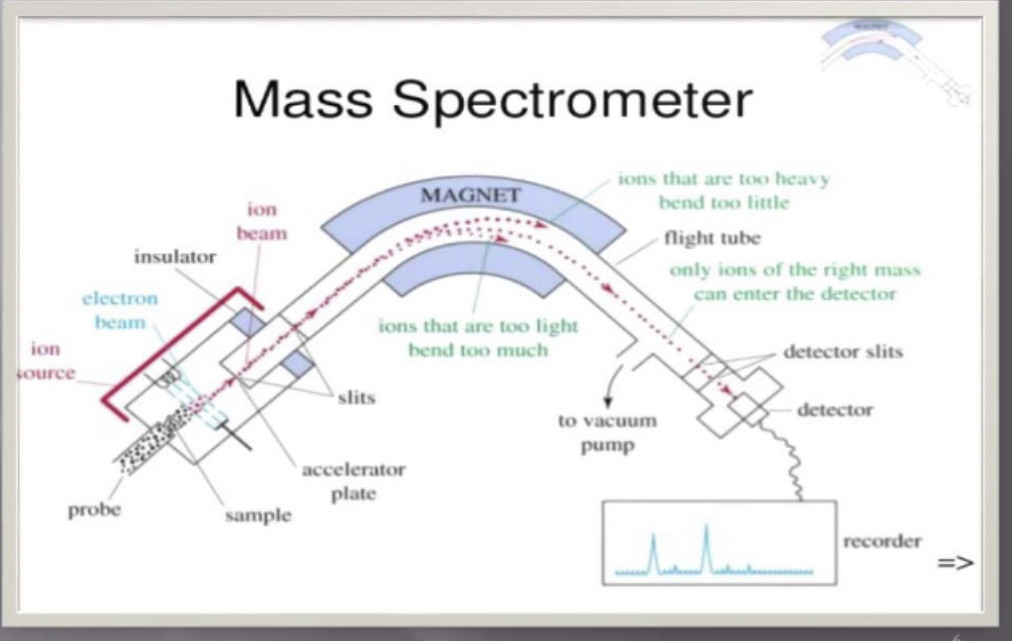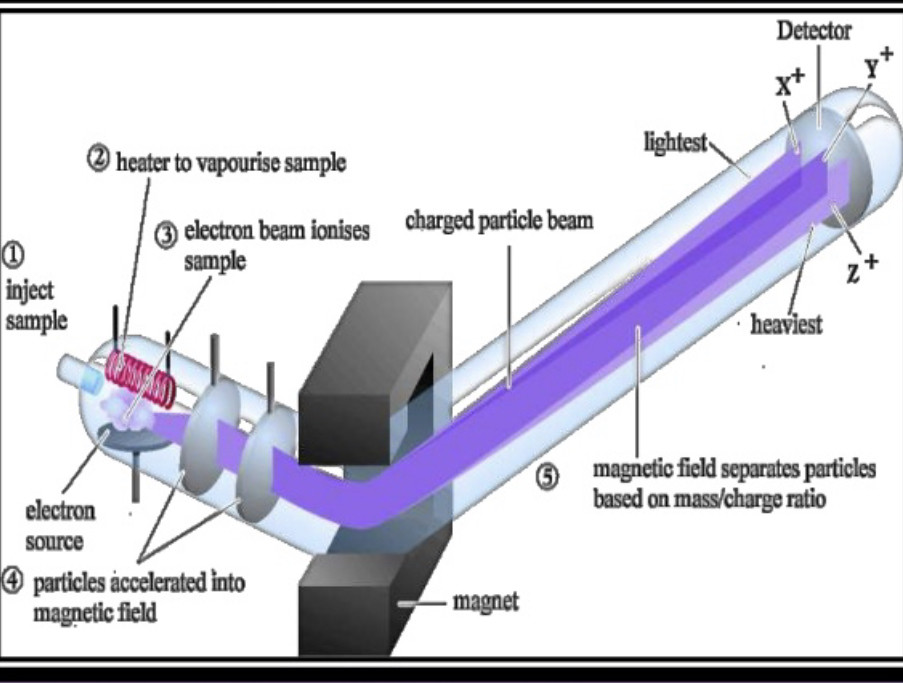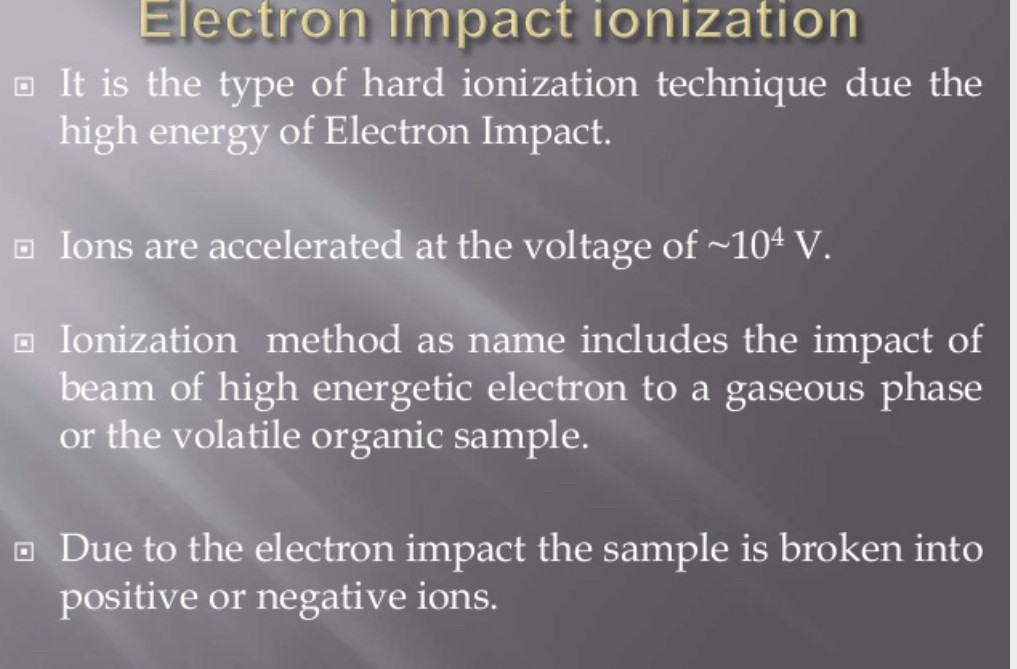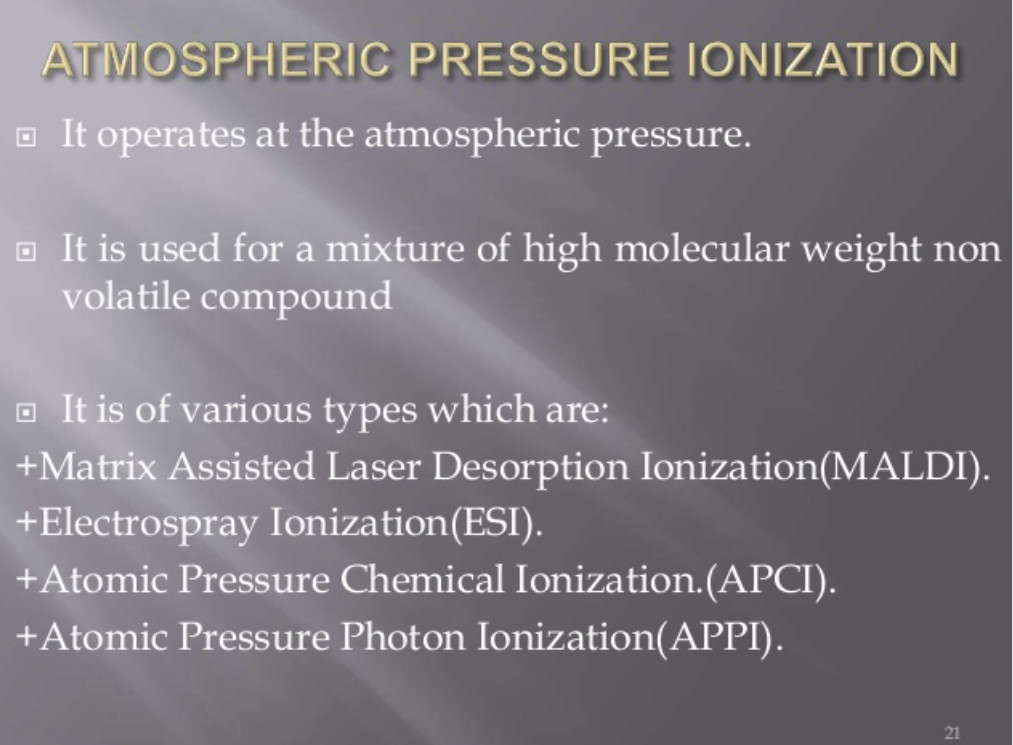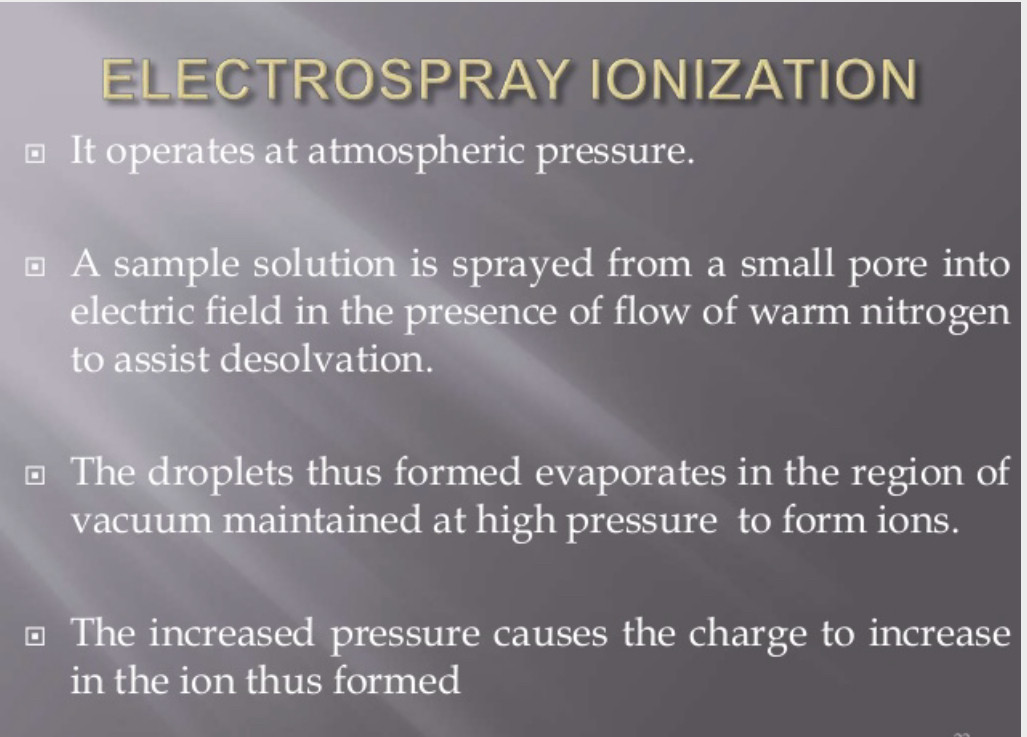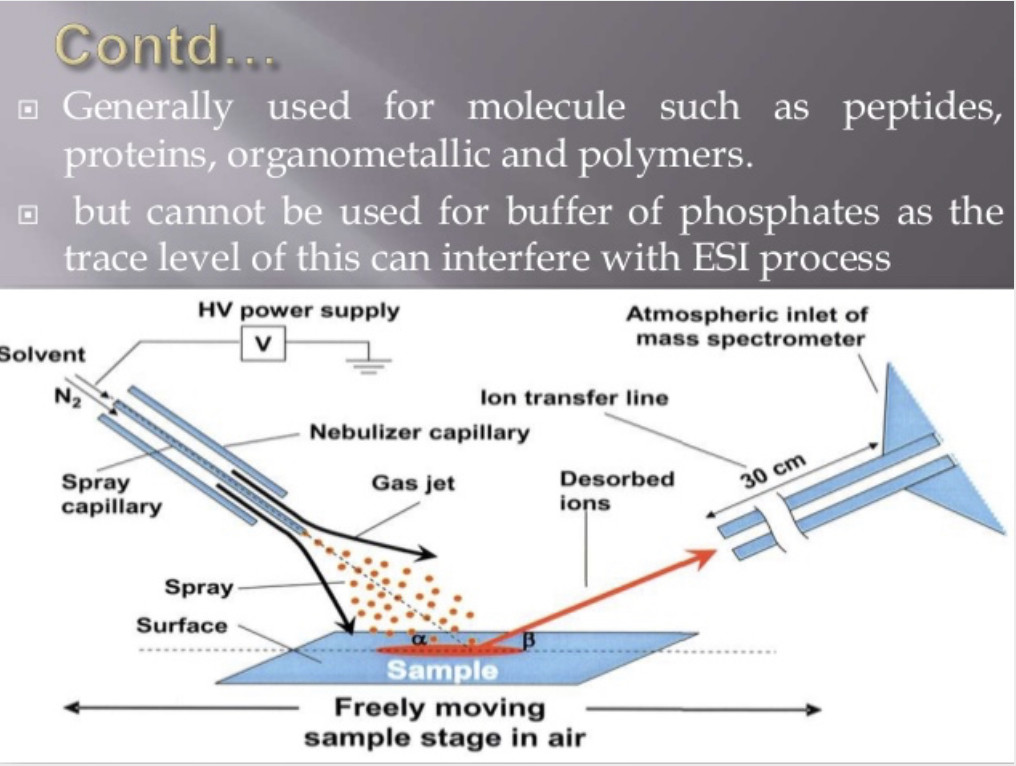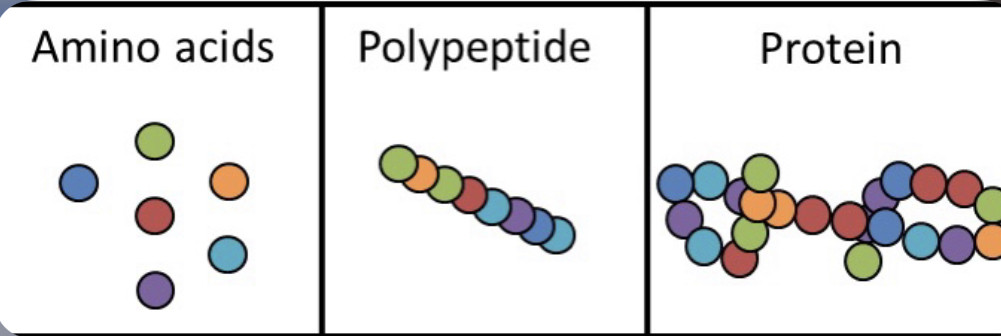Boris Johnson just stated "Mass vaccinations"?
Taking the piss out of the people again by way of mocking?
Magnet-assisted transfection is a transfection method which uses magnetic interactions to deliver DNA into target cells. Nucleic acids are associated with magnetic nanoparticles, and magnetic fields drive the nucleic acid-particle complexes into target cells, where the nucleic acids are released.
Nanoparticles used as carriers for nucleic acids are mostly iron oxides.[3] These iron oxides can be generated by precipitation from acidic iron-salt solutions upon addition of appropriate bases. The magnetic nanoparticles have an approximate size of 100 nm and are additionally coated with biological polymers to allow loading of nucleic acids. Particles and nucleic acids form complexes by ionic interaction of the negatively charged nucleic acid and the positively charged surface of the magnetic nanoparticle.
Nucleic acids are the biopolymers, or large biomolecules, essential to all known forms of life. The term nucleic acid is the overall name for DNA and RNA. They are composed of nucleotides, which are the monomers made of three components: a 5-carbon sugar, a phosphate group and a nitrogenous base.
RNA, or ribonucleic acid, is a nucleic acid that is similar in structure to DNA but different in subtle ways.
Rhodopsin is a biological pigment found in the rods of the retina and is a G-protein-coupled receptor (GPCR). ... It belongs to opsins. Rhodopsin is extremely sensitive to light, and thus enables vision in low-light conditions.
The function of most opsins except for the photoisomerases can be divided into two parts: light absorption and G-protein activation. Most opsins function through absorption of visible light, but the chromophore retinal itself has an absorption maximum in the UV region, not in the visible region.
A variety of spectroscopic and biochemical studies of recombinant site-directed mutants of rhodopsin and related visual pigments have been reported over the past 9 years.
Spectroscopy, study of the absorption and emission of light and other radiation by matter, as related to the dependence of these processes on the wavelength of the radiation. ...29 Jan 2021
These studies have elucidated key structural elements common to visual pigments. In addition, systematic analysis of the chromophore-binding pocket in rhodopsin and cone pigments has led to an improved understanding of the mechanism of the opsin shift, and of particular molecular determinants underlying color vision in humans.
In simpler terms, spectroscopy is the precise study of color as generalized from visible light to all bands of the electromagnetic spectrum; indeed, historically, spectroscopy originated as the study of the wavelength dependence of the absorption by gas phase matter of visible light dispersed by a prism.
Identification of the conformational changes that occur on rhodopsin photoactivation has been of particular recent concern. Assignments of light-dependent molecular alterations to specific regions of the chromophore have also been attempted by studying native opsins regenerated with synthetic retinal analogs.
Site-directed mutagenesis of rhodopsin has also provided useful information about the retinal-binding pocket and the molecular mechanism of rhodopsin photoactivation. Individual molecular groups have been identified to undergo structural alterations or environmental changes during photoactivation.
Photoactivation, the activation of the latent oxygen-evolving activity by light, is a phenomenon widely observed for various photosynthetic organisms from blue-green algae to higher plants (1–4). One of the conspicuous characteristics of this process is that it is a multi-quantum process (5–7).
Medical Definition of photoactivation
: the process of activating a substance by means of radiant energy and especially light also : photocatalysis — compare photoinactivation sense 2.
Medical Definition of photoinactivation
1 : the retardation or prevention of a chemical reaction by radiant energy (as light) — compare photocatalysis. 2 : the inactivation of a substance by radiant energy (as light) — compare photoactivation.
Quantum dots (QDs) represent one of the most promising photocatalytic systems for solar hydrogen production.

